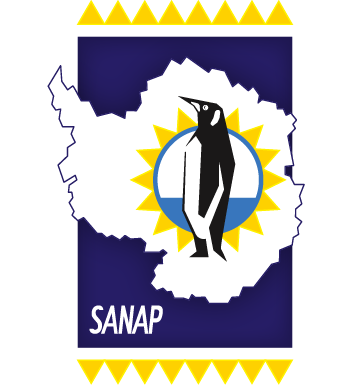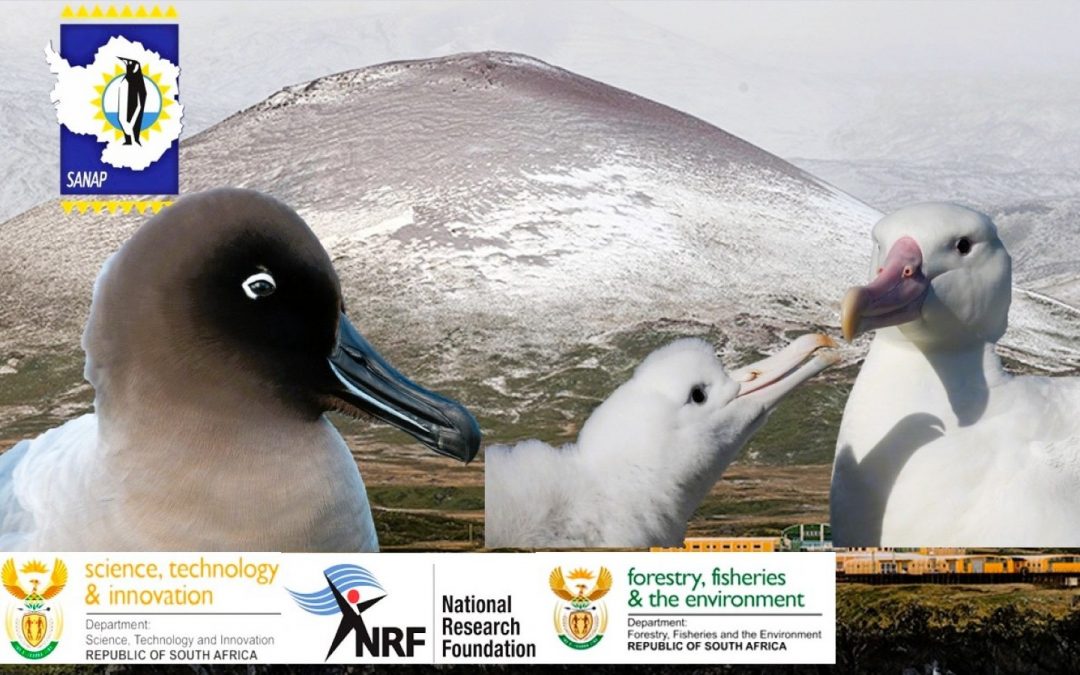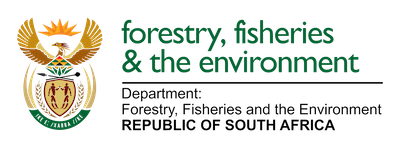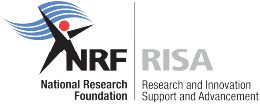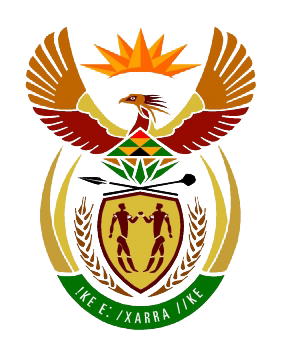High Pathogenicity Avian Influenza (H5n1) confirmed on Subantarctic Marion Island
Press Release by the Department of Forestry Fisheries and the Environment: 23 March 2025
The presence of high pathogenicity avian influenza (HPAI) H5N1 virus on Marion Island has been confirmed. Samples collected between September and December 2024 were all shipped back to mainland South Africa, via the SA Agulhas II, in February 2025. In March, Polymerase Chain Reaction (PCR) testing confirmed infection in six bird species, comprising Wandering Albatross (Diomedea exulans), King Penguin (Aptenodytes patagonicus), Brown (Subantarctic) Skua (Stercorarius antarcticus), Southern Giant Petrel (Macronectes giganteus), Northern Giant Petrel (M. halli) and Sooty Albatross (Phoebetria fusca).
Following an initial suspected HPAI case in a Brown Skua at Marion Island (a bird showing clinical signs of HPAI infection including twitching and tremors) in mid-September 2024, more similar cases were reported in early November and mortalities in multiple species have continued into March 2025, though the overall death rate slowed significantly in January. The reduced mortality rate is promising, but 31 bird species breed on Marion Island and the bird species and age composition varies throughout the year, therefore it is difficult to predict how the outbreak will progress. The potential effects on marine mammals are also of concern but no increased mortality has been reported in any mammal species so far.
Among Wandering Albatrosses, chicks were mostly affected, with at least 150 of approximately 1900 chicks from the 2024 cohort having died. However, adults have been affected worst in other species: at least 80 adult Brown Skuas, and approximately 120 adult King Penguins. Much smaller numbers of affected giant petrels (at least 20 Southern and four Northern) and Sooty Albatrosses (five) have been observed. The deaths of adult seabirds are of greater concern than chicks, because most species only start to breed at 3 to 10 years of age, and most affected species raise at most one chick per year. There are also a multitude of other threats to seabirds, including fisheries bycatch, climate change, plastic pollution and predation by introduced house mice on Marion Island.
Marion Island, along with neighbouring Prince Edward Island, provides critical breeding and moulting grounds for millions of seabirds and marine mammals, including nearly half of the worlds Wandering Albatrosses, hundreds of thousands of penguins, and large numbers of Southern Elephant Seals and Subantarctic and Antarctic Fur Seals. The Archipelago is located in the south western Indian Ocean, about 2000km southeast of Cape Town and halfway between Africa and Antarctica.
Observations of and laboratory test results for HPAI (H5N1) on Marion Island can assist in inferring the potential risk to animals on Prince Edward Island, since they share various ecological characteristics. Visits to Prince Edward Island are limited to one visit every four years, to limit human impacts on the island and preserve its pristine state, and the last survey was undertaken in November 2023.
Having spread around the globe since 2021, HPAI (H5N1) was detected in seabirds and marine mammals in South Georgia, southeast of South America, in October 2023. It reached the Antarctic Peninsula in February 2024 and was detected at the French archipelagos of Crozet and Kerguelen (950 and 2300 km east of Marion respectively) in October and November 2024. The virus can be transported long distances by migrating birds, and the virus moved from South Georgia to the French islands.
The situation on Marion Island is being closely monitored by the field personnel overwintering on the island, who have been trained to recognise possible HPAI signs in birds and seals, and in the necessary monitoring and mitigation methods. They will continue to take all precautions to ensure they do not spread the virus. There are few other disease mitigation tools available in this type of situation.
The HPAI protocol [SANAP Protocol for the Management of Avian Influenza (20 April 2024) PDF – 960.4 KB] that has been implemented on Marion Island was developed by the Department of Forestry, Fisheries and the Environment, the management authority for the Prince Edward Islands, together with Western Cape Veterinary Services, marine ornithologists, marine mammal biologists, disease experts and colleagues overseas with similar experience. Efforts to monitor and hopefully limit the spread of the virus on the island will continue.
For media enquiries please contact:
Thobile Zulu-Molobi
Mobile: +27 82 513 7154
E-mail: tmolobi@dffe.gov.za
or
Peter Mbelengwa:
Mobile: +27 82 611 8197
E-mail: pmbelengwa@dffe.gov.za
